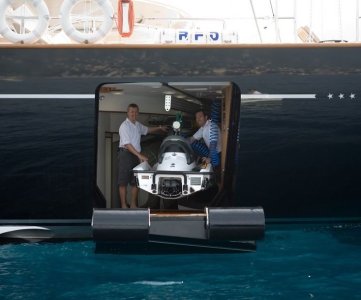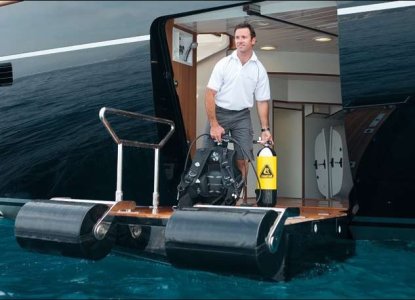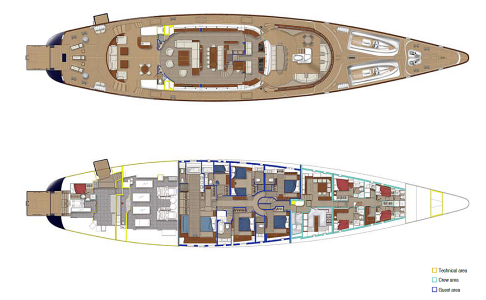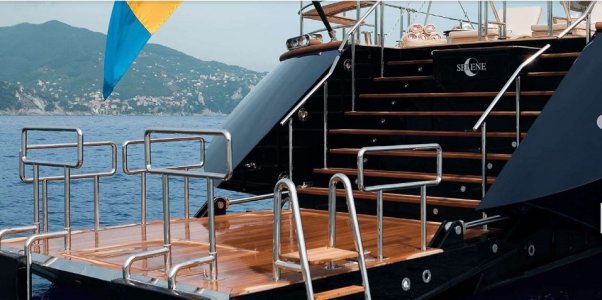MapisM
Well-Known Member
It would be interesting to hear from just about everyone and their dog, rather than Costantino (with no 'n' before the 's').TBH I’d be more interested to hear what Ron Holland has to say about it than Giovanni Constantino
The guy is in fact an investor, whose experience back in the days when Bayesian was built only stretched to furniture industry, before he started collecting bankrupted boatbuilders.
Describing him as "founder of The Italian Sea group, owner of Perini asset", while formally correct, is totally misleading because sort of suggests that he founded also Perini, which couldn't be more far from truth and is almost insulting towards Fabio Perini, the real visionary behind the boats with his own name.
In sharp contrast with TISG, which is just a newco established by Costantino in 2009, to take over Tecnomar first, and other brands later - Perini being the latest addition in 2022, i.e. the day before yesterday, in practice.
To put his nautical technical experience and competence in perspective, in an interview of a few years ago he proudly declared that at TISG they don't see themselves as boatbuilders, but rather as a luxury brand - 'nuff said.
For these and other reasons, I believe that keeping his big mouth shut would have been appropriate and more respectful, regardless of whatever journos could make of it. After all, it's not like Perinis are sold to Daily Wail readers or any other folks who choose a superyacht based on derogatory articles or social media, I reckon.
Last edited:




